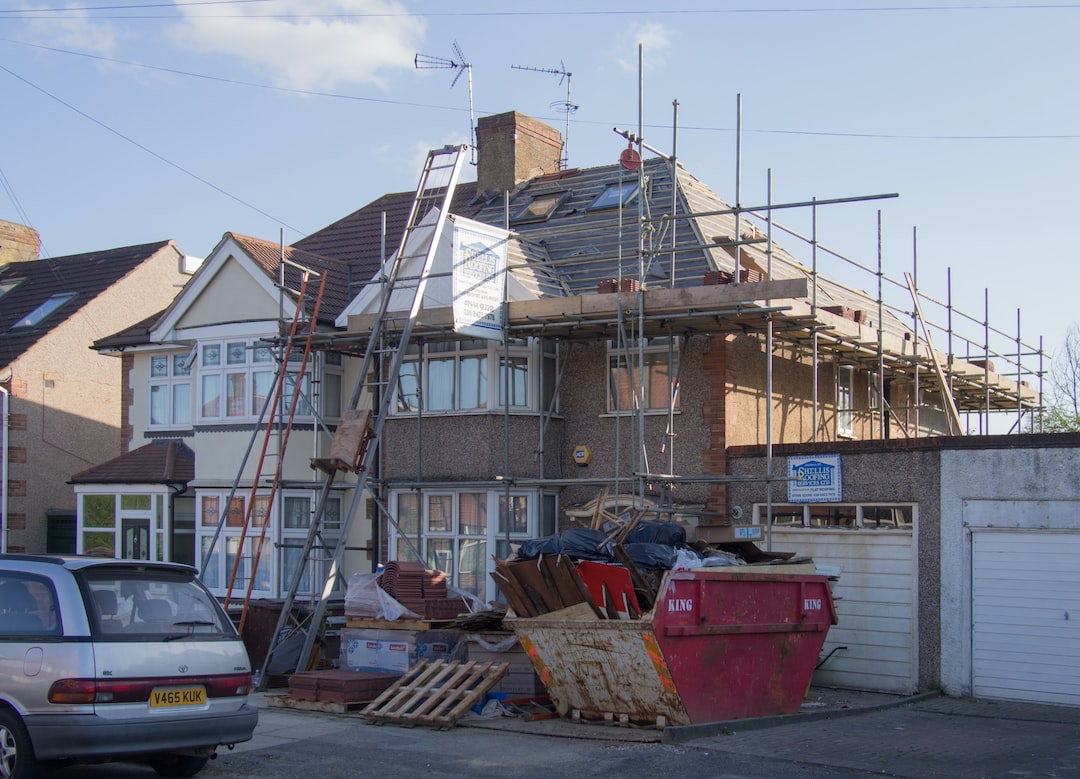Eco-Friendly Home Improvements: Reduce Your Carbon Footprint
In today’s world, where environmental concerns are growing at an alarming rate, it is crucial to make conscious decisions that contribute to a more sustainable future. One such area where you can make a significant impact is through eco-friendly home improvements. By reducing your carbon footprint, you not only help protect the planet but also save money in the long run. In this blog post, we will explore various eco-friendly home improvement ideas that you can implement to create a greener and more energy-efficient living space.
1. Energy-Efficient Lighting
One of the simplest and most effective ways to reduce your carbon footprint is by switching to energy-efficient lighting options. Traditional incandescent bulbs consume a significant amount of energy and need frequent replacements. On the other hand, LED and CFL bulbs are highly energy-efficient and can last up to 25 times longer. By replacing all your traditional light bulbs with energy-efficient alternatives, you can significantly reduce your energy consumption and lower your electricity bills.
2. Install a Smart Thermostat
Heating and cooling account for a significant portion of a household’s energy consumption. By installing a smart thermostat, you can optimize your energy usage and reduce your carbon footprint. Smart thermostats can automatically adjust the temperature according to your preferences and daily routines, ensuring that no energy is wasted when you are away or asleep. With the ability to control your thermostat remotely, you can also save energy by adjusting the temperature from your smartphone.
3. Upgrade to Energy-Efficient Appliances
Older appliances are often energy guzzlers, consuming much more electricity than necessary. Consider upgrading to energy-efficient appliances that carry the Energy Star label. These appliances are designed to minimize energy consumption while still delivering the same performance. From refrigerators and washing machines to dishwashers and air conditioning units, replacing your outdated appliances with the energy-efficient ones will not only reduce your carbon footprint but also save you money on your utility bills.
4. Proper Insulation and Sealing
A well-insulated home retains heat during the colder months and keeps the cool air in during summers. Proper insulation and sealing prevent air leaks, improving the overall energy efficiency of your home. Insulate your walls, attic, and floors to limit heat loss in winter and reduce the need for excessive heating. Additionally, seal any air leaks around windows, doors, and electrical outlets to eliminate drafts. It is an eco-friendly home improvement investment that pays off through lower energy consumption and increased comfort.
5. Harvest Rainwater
Water scarcity is a major environmental concern in many parts of the world. By implementing a rainwater harvesting system, you can contribute to water conservation efforts. Use collected rainwater for non-potable purposes such as watering your plants, washing your car, or flushing toilets. This simple eco-friendly addition reduces the strain on the municipal water supply and saves you money on your water bills.
6. Invest in Renewable Energy
Consider investing in renewable energy for your home, such as solar panels or wind turbines. Solar panels, in particular, have become increasingly affordable and efficient in recent years. By generating your electricity from clean, renewable sources, you can significantly reduce your reliance on fossil fuels. Not only will you be reducing your carbon footprint, but you may also become eligible for government incentives and tax breaks, making it a financially attractive option as well.
7. Opt for Low-Flow Fixtures
Another eco-friendly home improvement is to install low-flow fixtures in your bathrooms and kitchens. These fixtures are designed to reduce water consumption without compromising on functionality. Low-flow toilets, showerheads, and faucets ensure that you use only the water you need, leading to significant water conservation and reduced water bills. It is a small change that can make a big difference.
By implementing these eco-friendly home improvement ideas, you can reduce your carbon footprint and create a more sustainable living space. Not only will you be helping to protect the environment, but you will also save money in the long run through reduced energy and water consumption. Let’s all take steps towards a greener future, one improvement at a time.

